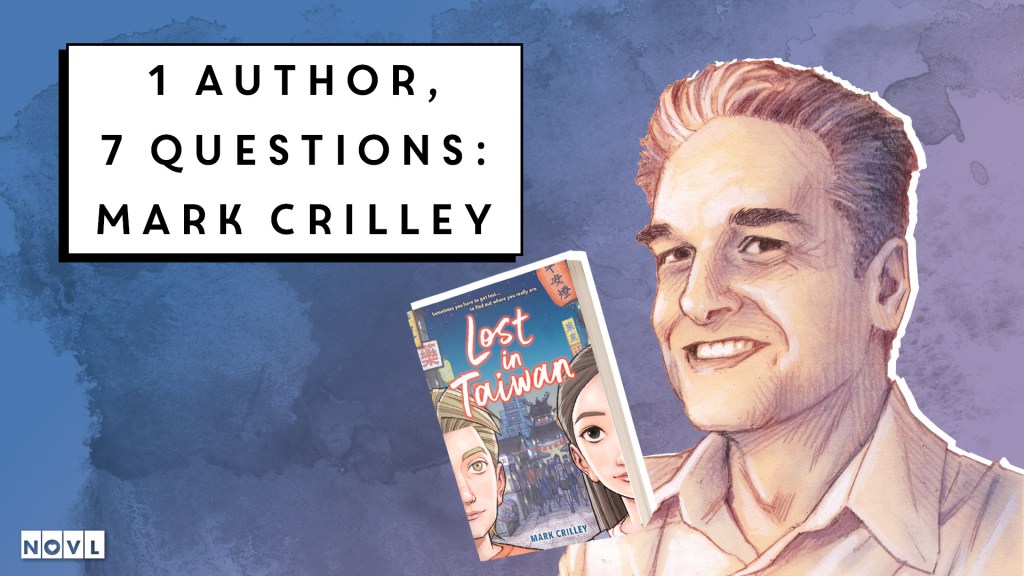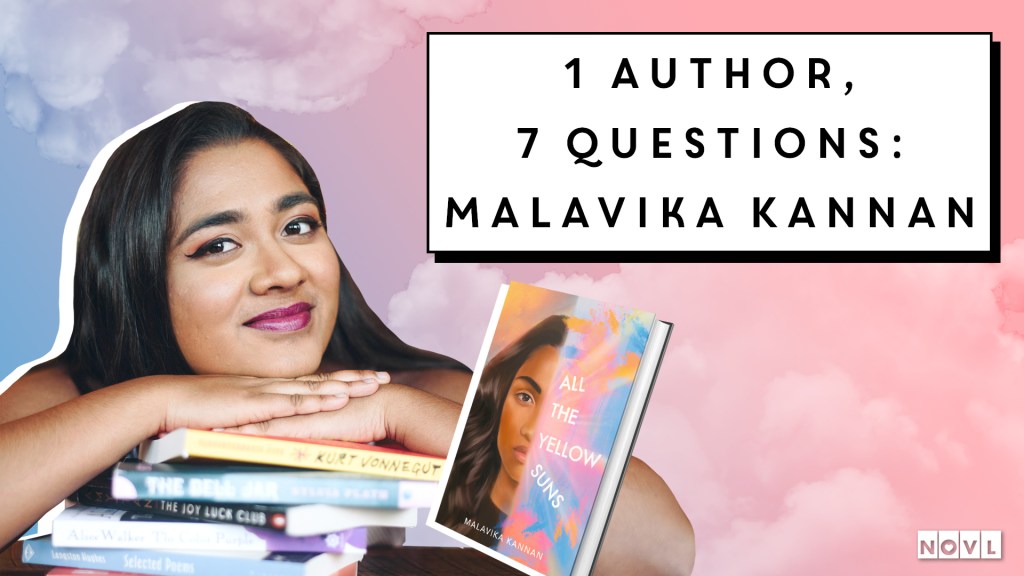1 Author, 7 Questions: Amelia Brunskill
Fun fact: I’m a little bit obsessed with cults. It’s one of those topics that I just can’t get enough of. True-crime, fiction – if there’s a cult involved, I’m there. So you can imagine when I heard of a book involving a cult within a cult, I was immediately sold. Then I actually read Wolfpack by Amelia Brunskill and it soared above all my expectations! We got to sit down with Amelia and ask about her writing process, a (spoiler free) discussion of that percussive ending, and more!
What was your initial inspiration for Wolfpack?
This is actually such a mystery to me! Back in 2019, I went to a gathering of writers one evening, and I remember taking the train home with a friend who’d also gone and excitedly yammering at her about how I’d decided to write a book about a group of girls living together in a cult. As far as I can recall, this was a brand-new idea inspired by something mentioned at the gathering, and I don’t remember at all what that was! This haunts me to this day!
Wolfpack is a novel in verse and it’s told from a collective point of view. It gave the book such a mysterious, almost Greek-chorus like cadence! What inspired you to write the book that way?
I’d written a short story a few years earlier from the collective viewpoint of a group of sisters who were meeting their brother’s new girlfriend for the first time, and I really loved writing in that voice. I think there’s something unsettling about a group of people who feel like they have that level of cohesion, which helps gives the collective voice such an eerie feel. It felt like a perfect fit for a novel about a cult, where individuality is actively diminished in service to a larger mission.
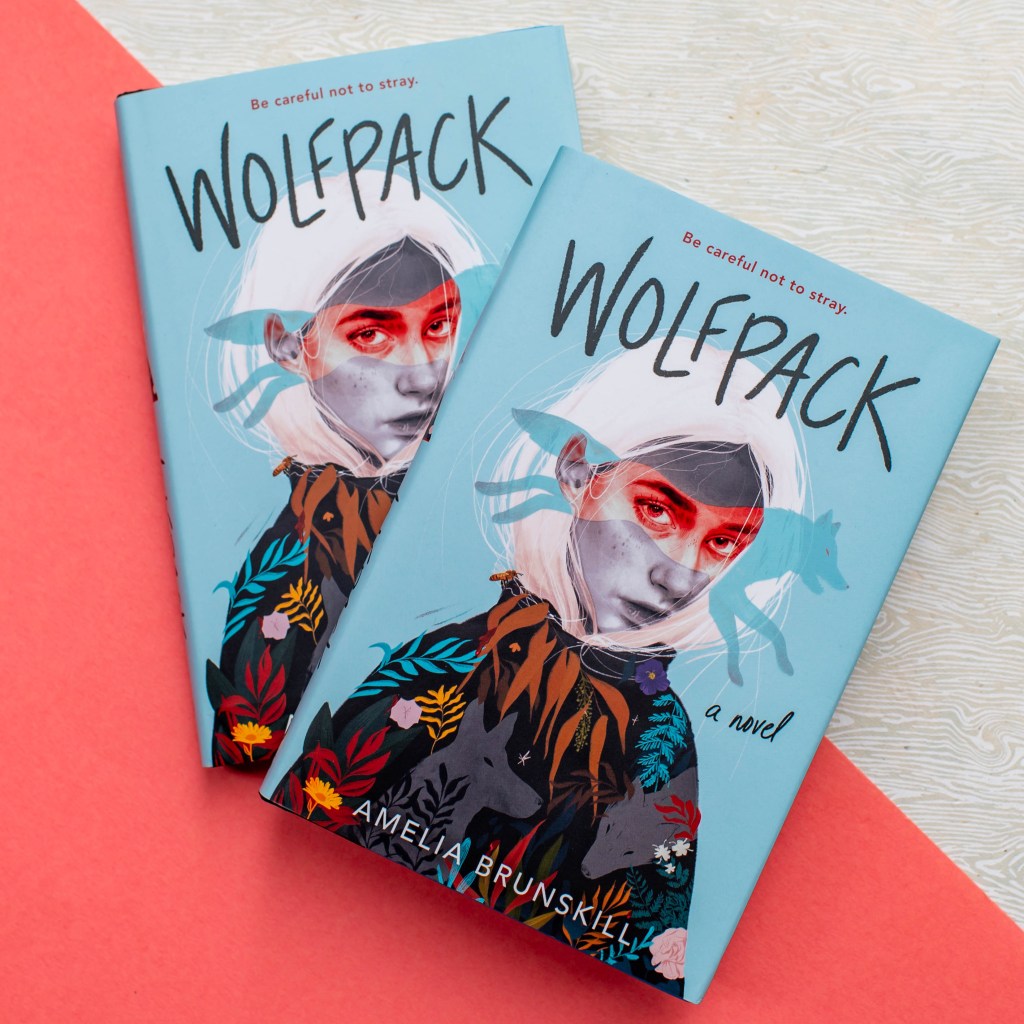
I love the idea of the cult within the cult of Havenwood, and the way you slowly pulled out the girls’ individual personalities from their collective. What was the hardest part of working with all those dynamics? Was it getting the girls’ personal traits to shine or developing the sense of controlled uniformity of being in the cult?
I think the hardest part was the balancing act of wanting each of the girls to have their own characteristics and at least some small level of backstory, but also for them not to have such vivid and distinct voices that it became jarring to move between their sections.
This book has such atmosphere! I love the slow build of creepiness that eventually crescendos into the climax (which I won’t spoil here, of course)! What was it like building out that atmosphere? Did that come naturally with the telling of the story, or did you have to tool that out?
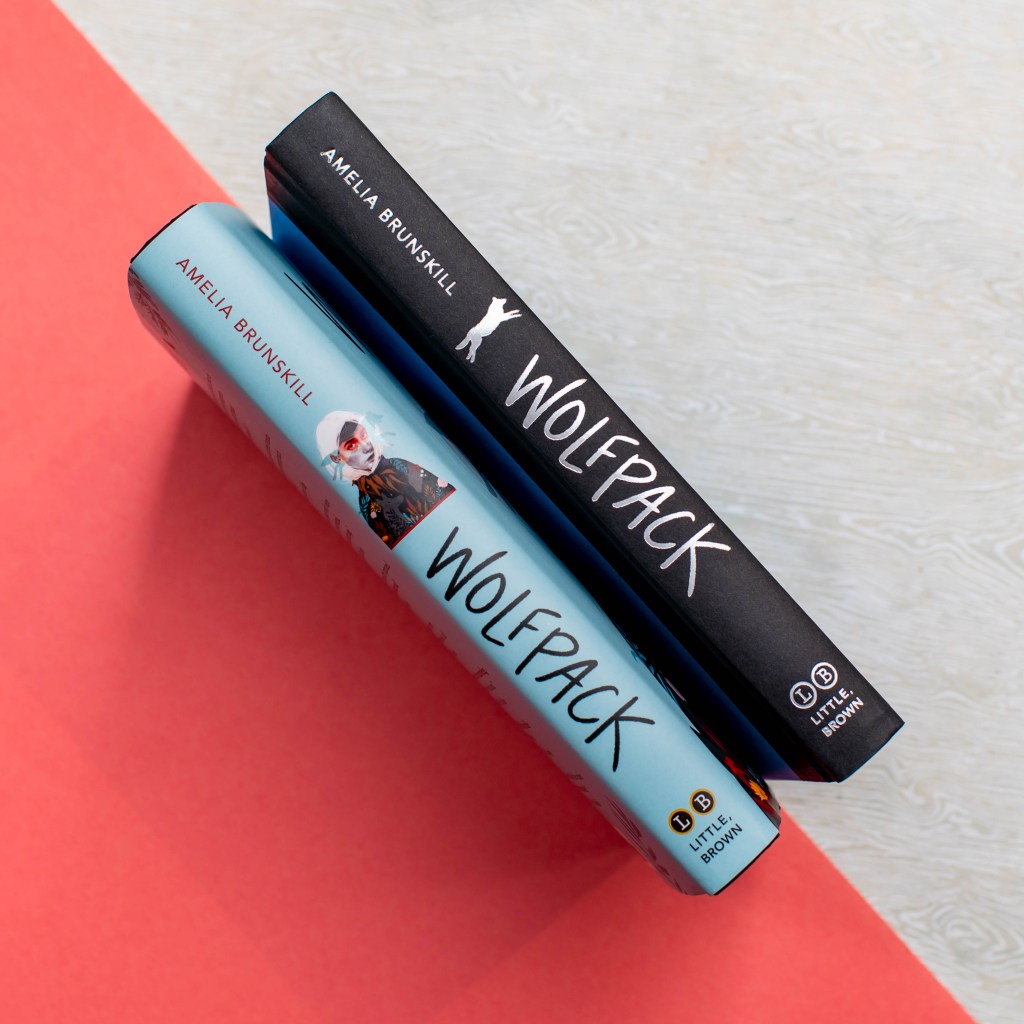
Part of what really helped with the creepiness, at least for me, was committing to making Havenwood a place that is, in many ways, a perfect bucolic fantasy with all of this sensory appeal—there’s this gorgeous apple orchard, and beehives, and this huge meeting space where all this delicious food is served. I think that kind of heightened beauty immediately sets up the reader to begin wondering what the catch will be, because that’s how so many horror stories and tragedies begin.
Something else that helped was deciding to have almost all of the girls be either born at Havenwood or to have been there since they were very young. That meant Havenwood represents their baseline for normal, which made it easier to slowly build this sense of there being something wrong while not being able to pin down exactly what, since the girls can’t be relied upon to have the same ideas as the reader about what is unusual or surprising. Having said that, I also wanted to be careful to swerve away from some common troubling themes in novels and non-fiction about cults and their leadership that I just didn’t want to explore in this novel.
There’s A LOT to unpack with the ending of this book and I have so much I can talk about, but for the sake of not spoiling this amazing book I’ll refrain! But, I did want to ask you – did you know from the beginning how the book was going to end and the choices that each of the girls were going to make?
I honestly didn’t know from the beginning quite how it was all going to play out! In the end though, I found I really wanted to commit to the idea that there is not going to be any easy decision for these girls about staying in, or leaving, Havenwood. I’d read some books, both fiction and non-fiction, about cults where it was really hard to not just scream at the narrator to just get out of there, especially when they had a privileged middle-class existence they could return to. Obviously, leaving a cult is psychologically much more complicated than that, but I wanted to set it up here so that the girls really don’t have any outside support structures available or any personal resources to bring with them. I was also interested in exploring how people can have very different responses in the aftermath of a horrific event, and that sometimes there can be a small window in which they decide what they can, or cannot, accept about what happened.
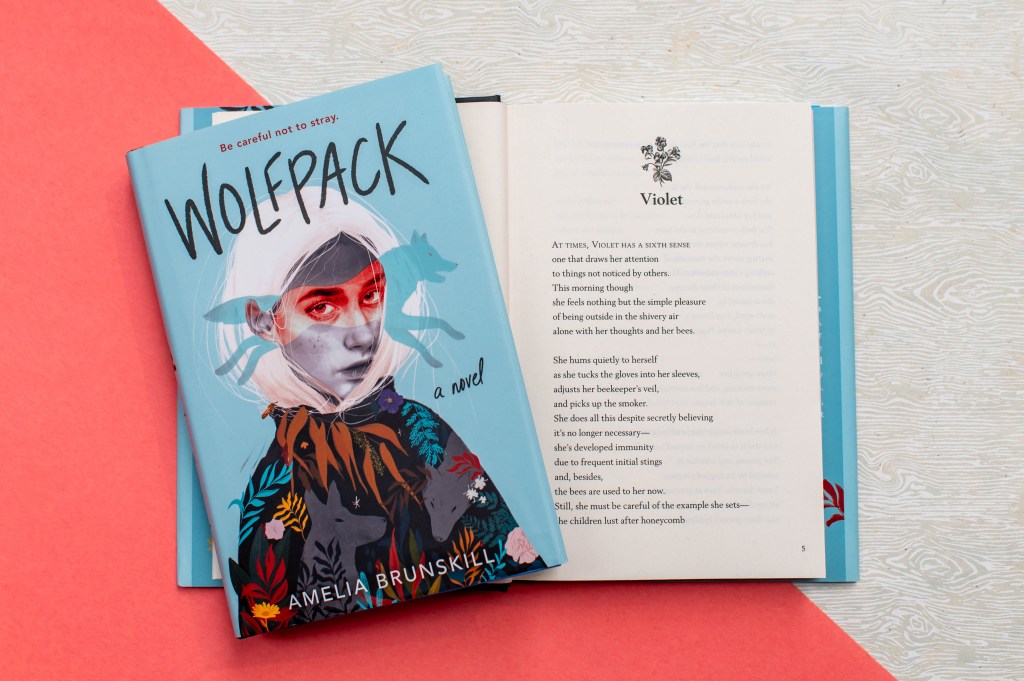
What are some books you’ve been reading recently or would recommend?
Some recent favorites for me have been Ducks by Kate Beaton, Thornhill by Pam Smy, True Biz by Sarah Novic, and Her Name Is Knight by Yasmin Angoe. Ducks and Thornhill are both graphic novels, although they are wildly different with Ducks being an adult non-fiction title about working on the oil fields in Canada, and Thornhill being this gloriously gothic middle grade story. True Biz is a novel about a boarding school for Deaf teenagers that recently won an Alex Award—the American Library Association’s award for adult novels with particular appeal for young adults—and Her Name is Knight is this electric novel about an assassin that is this unusual combination of being really fun and also really sad and dark.
What are you working on now? Any exciting ideas you can share?
I’m playing around with some different ideas at the moment! I’m a lapsed art major so I love the idea of someday writing something that I’ve also illustrated, but I’m not sure I’ve found quite the right project for that yet. Stay tuned!
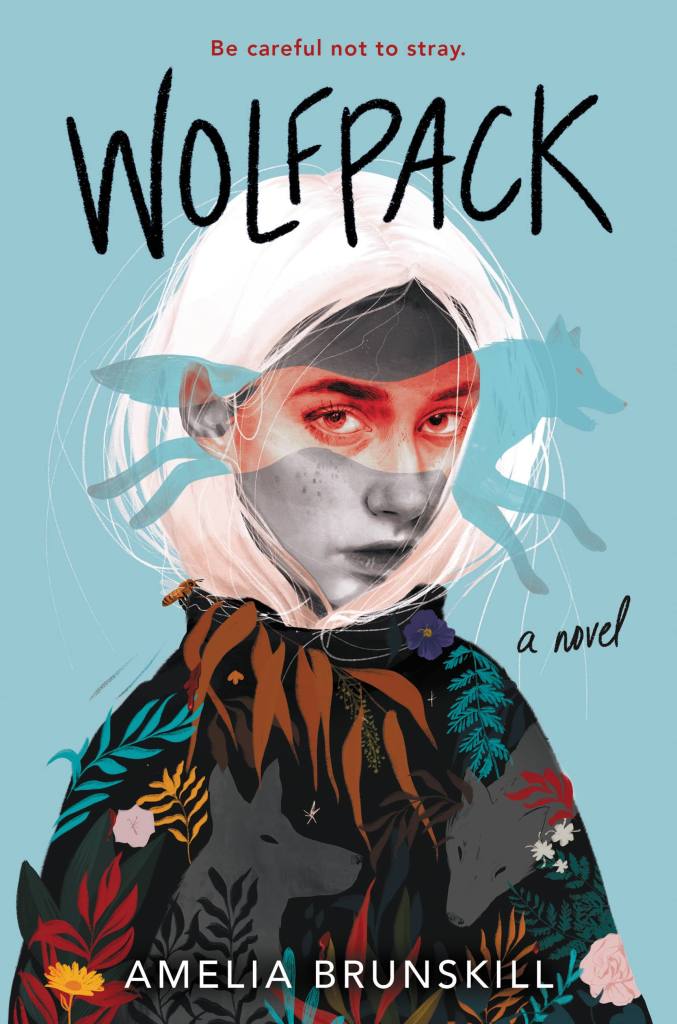
Wolfpack
Nine girls bound together
in beautiful, virtuous Havenwood,
a refuge from an unsafe world.
Then there are eight,
one of them gone —
departed with no warning.
Did this member of their pack
stray willingly,
or did something more sinister occur?
The girls seek answers
not knowing if they should be angry
or frightened
or perhaps,
they should be both.





